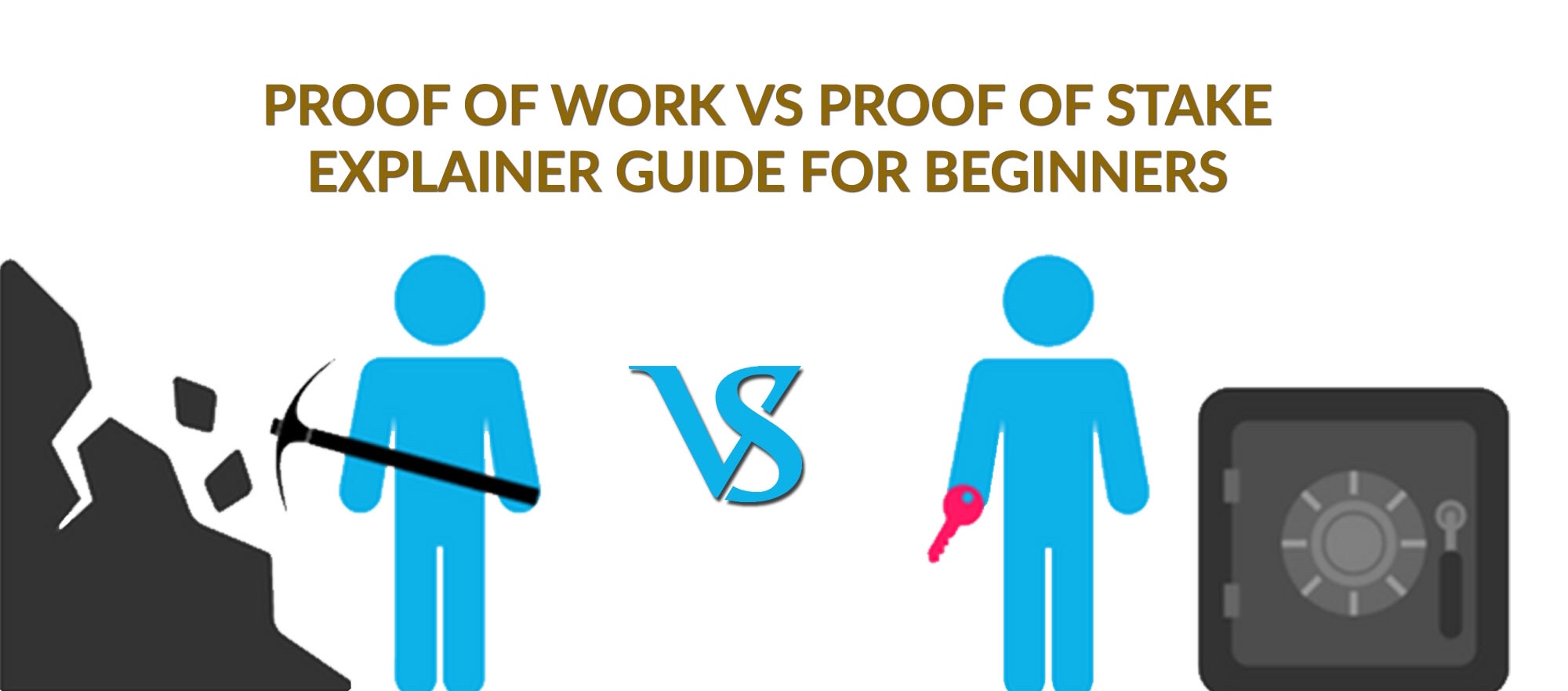Proof of work (PoW) and proof of stake (PoS) explained.

In this article I will try to explain the main differences between proof of work vs proof of stake and also try to provide a definition of mining. When I first learned about cryptocurrencies these terms fascinated me, it took me long to really understand them, but in this article I’ll try to put everything in a way that will be easier to comprehend.
Let’s get started with Proof Of Work -
In a PoW system, computers race to solve algorithms. The computer that solves the algorithm first and displays the new block to the network gets rewarded newly minted coins and the transaction fees from the block.
Since the reward is given to the first computer to solve the algorithm, miners have an incentive to use as much computing power as possible so that they can solve the algorithm and get the block reward before others can. To have more hash power or one can say that to increase the ability of solve the algorithm faster the miners need more resources and pay more in electricity costs to run thier rigs, which makes it expensive or less profitable when the difficulty increases.
This pretty much explains the system and also it’s drawback, now let’s move further.
What is Proof of Stake -
As the name suggets, In a PoS system, nodes called as bonded validators can stake their money on the blocks added to the Blockchain. The percentage of wealth staked relative to the market cap represents the percentage chance an individual has of creating the block and receiving the transactions fees contained in it.
Say the market capitalisation of Bitcoin is $10000 and a validator has staked $10 , it implies that the bonded validator has a 0.1% chance of creating a block and receiving the transaction fees contained in a block. I could go on with other examples but I believe I have simplified it enough.
There are a lot of debates around on what system of mining is feasible and sustainable, drop your views as what do you think should a blockchain use.
It was very confusing until I read this.
Well I’m glad you liked it.
I am still learning about cryptocurencies, thanks for info.
Yes there’s a lot to learn.
What I liked about it is that you made it short and to the point.
Looking forward to read your upcoming articles.
Thanks for commenting. I will try to post such articles.
🙏
This is really interesting, hooked me till the end.
Thanks, took me a while to compose.